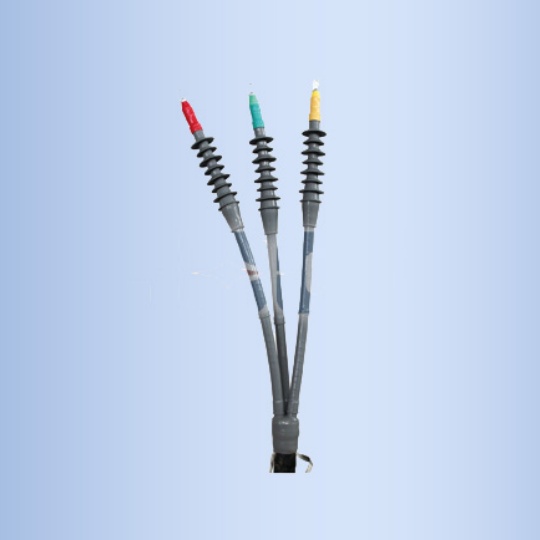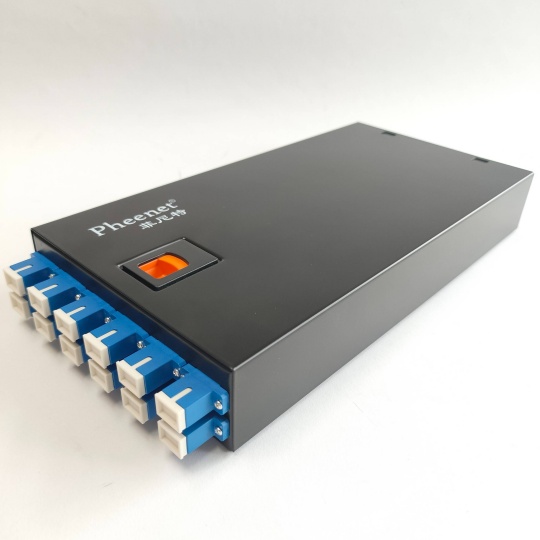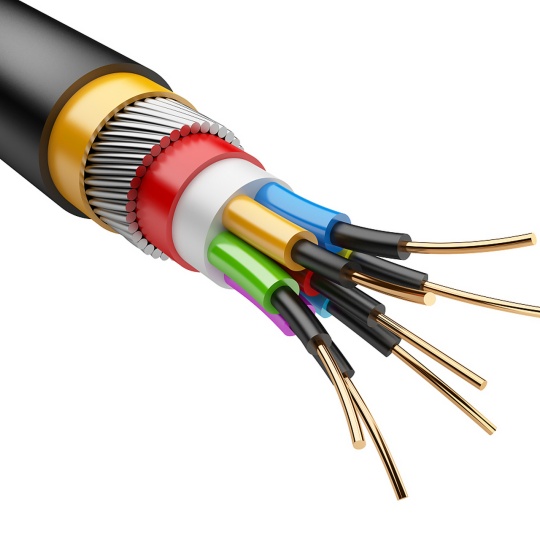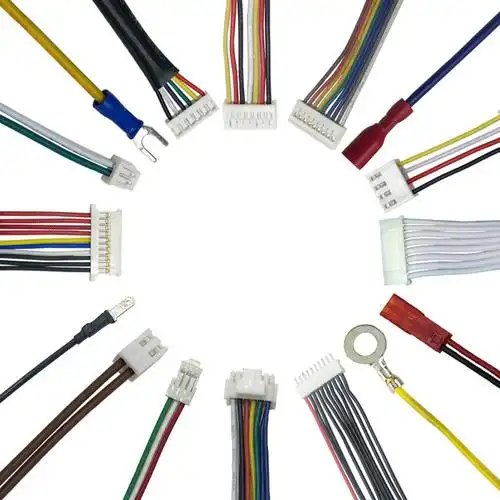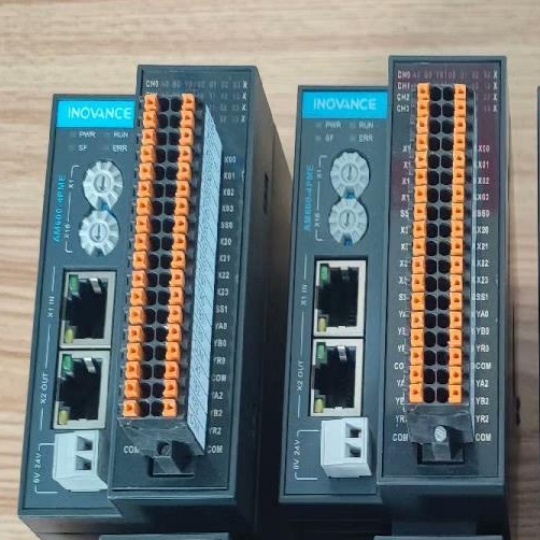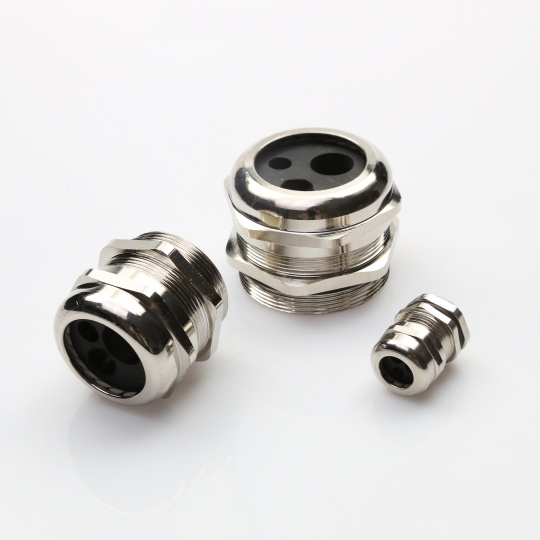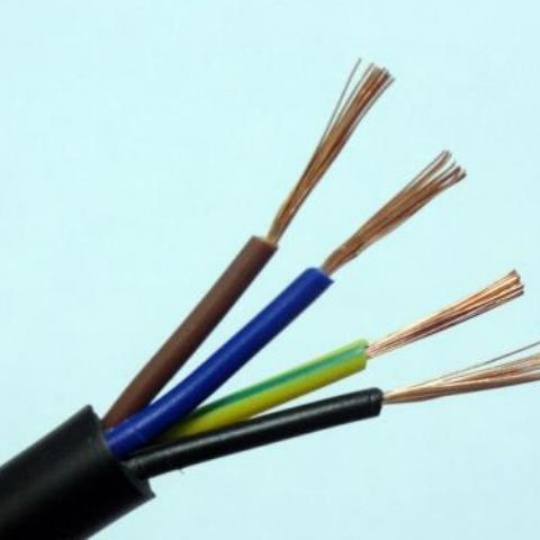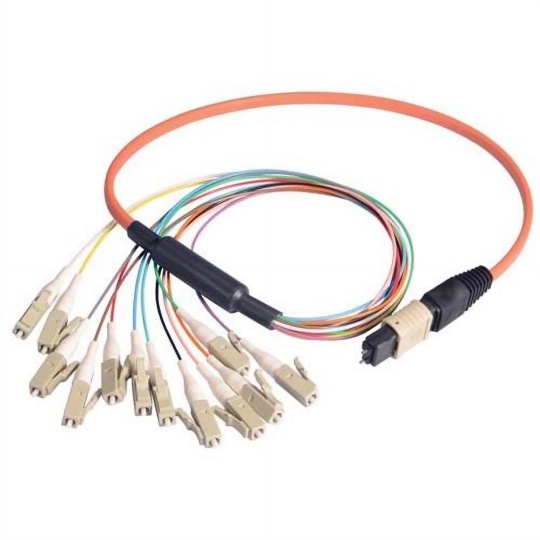IP67/IP68 Cable Assemblies: Which Outdoor Devices Are They Suitable F...
Outdoor environments demand robust connectivity solutions that withstand harsh conditions like dust, moisture, extreme temperatures, and mechanical stress. IP67/IP68-rated cable assemblies are engineered to meet these challenges, offering reliable performance in demanding settings. In this article, we’ll explore the outdoor devices that benefit most from IP67/IP68 cable assemblies and why these ratings matter.
What Do IP67 and IP68 Ratings Mean?
IP (Ingress Protection) ratings define a product’s resistance to solids and liquids. Here’s a quick breakdown:
- IP67: Dust-tight and can withstand immersion in water up to 1 meter deep for 30 minutes.
- IP68: Dust-tight and rated for continuous immersion in water beyond 1 meter (depth specified by the manufacturer).
These certifications ensure cables remain functional in wet, dusty, or submerged conditions, making them ideal for outdoor applications.
Outdoor Devices That Require IP67/IP68 Cable Assemblies
1. Outdoor Surveillance Cameras
Security systems installed in exposed areas (e.g., parking lots, building perimeters) rely on IP67/IP68 cables to maintain uninterrupted power and data transmission, even during heavy rain or snow.
2. LED Lighting Systems
Outdoor LED fixtures for streets, stadiums, or architectural lighting need waterproof connectors to prevent corrosion and electrical failures in humid or rainy environments.
3. Industrial Machinery
Construction equipment, agricultural machinery, and mining tools operate in dusty, wet, or muddy conditions. IP67/68 cables ensure connectivity for sensors, GPS systems, and control panels.
4. Telecommunications Infrastructure
5G towers, antennas, and fiber optic networks require durable cables to withstand moisture, UV exposure, and temperature fluctuations while delivering high-speed data.
5. Automotive and Transportation Systems
Electric vehicle (EV) charging stations, traffic lights, and railway signaling systems use IP68-rated cables to resist water ingress and ensure safety in all weather conditions.
6. Marine and Underwater Equipment
Sonar systems, underwater sensors, and submersible devices depend on IP68 cables to function reliably at significant depths without short-circuiting.
7. Renewable Energy Systems
Solar panels, wind turbines, and battery storage systems use IP67/68 cables to endure outdoor exposure, UV radiation, and temperature extremes while transmitting power efficiently.
8. Outdoor Audio/Video Equipment
Speakers, projectors, and digital signage in parks, stadiums, or transportation hubs require waterproof connectors to prevent damage from rain or humidity.
9. Medical and Emergency Devices
Portable defibrillators, field hospital equipment, and disaster response tools use IP68 cables to ensure functionality in wet or dusty emergency scenarios.
10. Consumer Electronics
Action cameras, drones, and GPS devices designed for outdoor adventures often integrate IP67/68-rated cables to survive splashes, submersion, or rough handling.
Key Benefits of IP67/IP68 Cable Assemblies
- Durability: Resists corrosion, abrasion, and UV degradation.
- Reliability: Maintains signal integrity in extreme temperatures (-40°C to 85°C).
- Safety: Reduces risks of electrical failures in wet environments.
- Cost-Efficiency: Minimizes maintenance and replacement costs.
How to Choose the Right IP-Rated Cable
Review Manufacturer Specifications: Confirm depth/duration limits for IP68 submersion.
Assess Environmental Risks: Consider exposure to water, dust, vibration, or chemicals.
Verify Connector Compatibility: Ensure connectors match the device’s requirements (e.g., USB, RJ45, M12).
Check Flexibility and Length: Opt for cables that balance durability with ease of installation.


